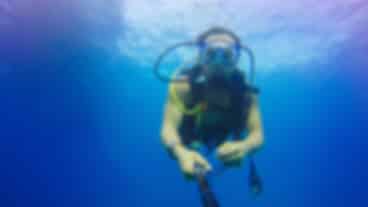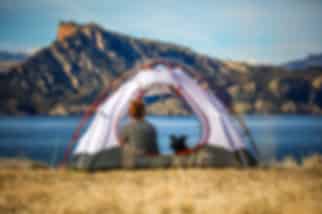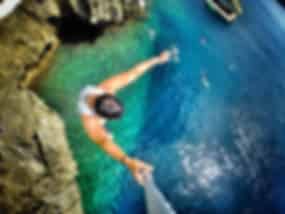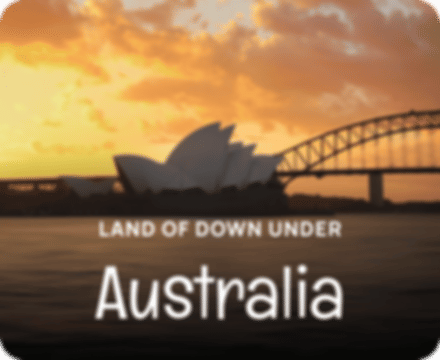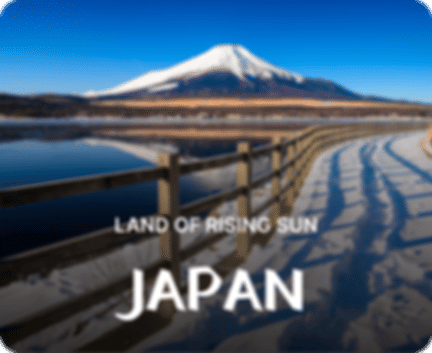9 Mountain peaks that are perfect for first-time climbers
Author
Shrinivas
Updated Date
May 26, 2025
Read
6 minutes
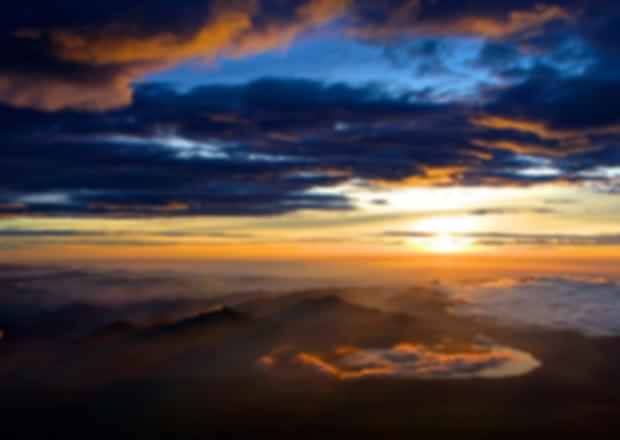
The ultimate dream for many would-be adventurers is to climb Mt. Everest, the planet’s highest mountain at 8848 meters (29,029 feet). Yet before anyone may pursue George Mallory, Sir Edmund Hillary, or Tenzing Norgay ‘s footsteps, they must first acquire important knowledge and vital expertise in mountaineering at lower peaks. Failure to do so holds the very significant possibility of damage or death.
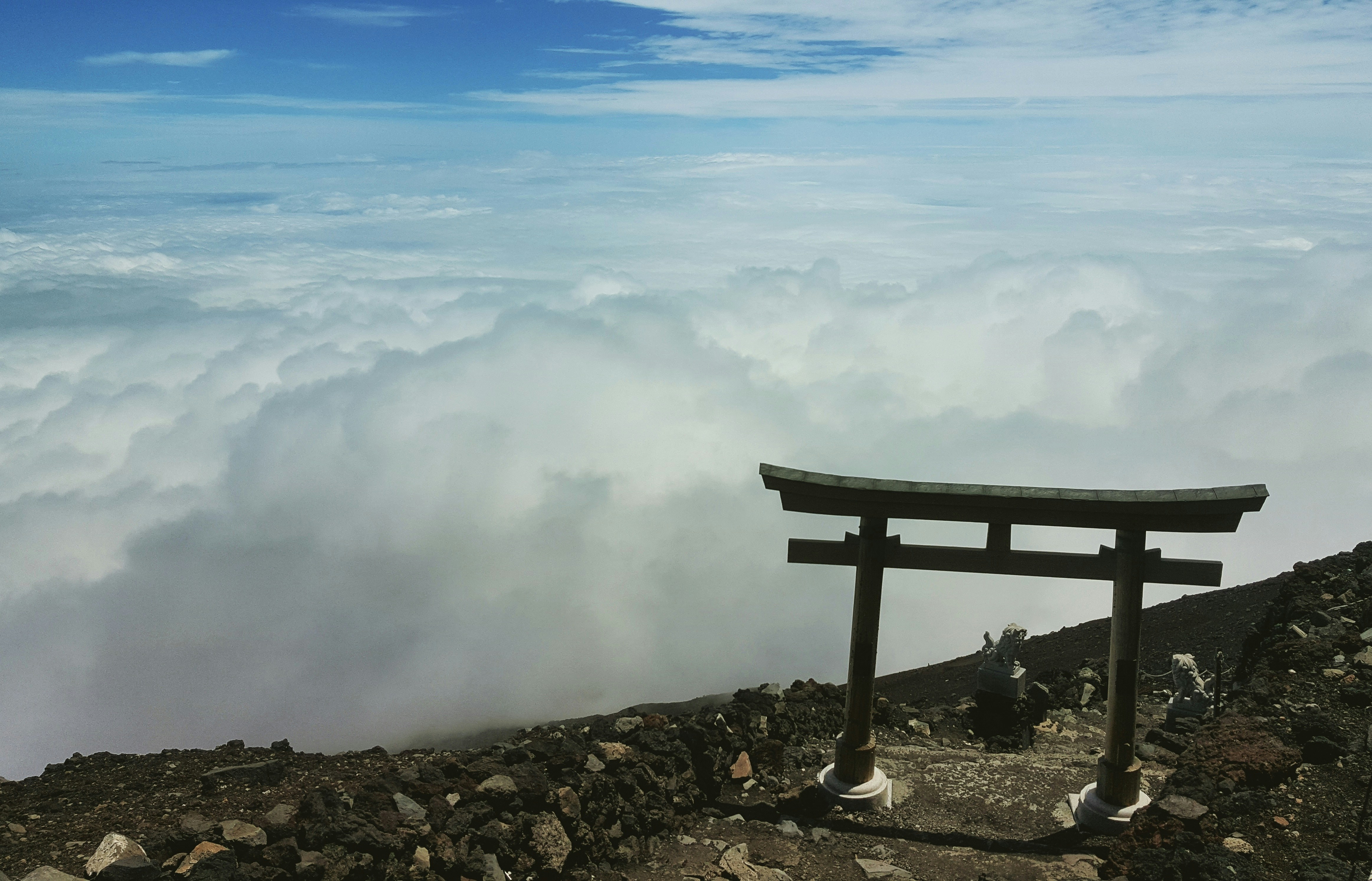
Mount Fuji
But exactly where will they initiate the process? How will they go if they decide to dip their toe into the waters of mountaineering before going on to more challenging summits? Here are eight such mountain peak for climbers starting to hone their craft.
Pick a 14er in Colorado (Colorado, USA)
Colorado provides a reputation for a fortune when it comes to having plenty of mountains to scale. With 53 peaks rising over 14,000 feet (4,267 metres) in height, several obstacles are to be identified. Whether you want a simple “hike-up” or you need something a little more technical, there is definitely a “14er” that can meet your needs (as they are referred to locally). Most climbs take only one day to complete, although the longer hikes may entail overnight camping depending on the path, pace, fitness, environment, etc.
Mostly acquaintances and relatives. Most of the Colorado 14ers don’t need a guide so you’ll learn to navigate the trail on your own. These peaks are great for finding your way, learning to carry a pack, testing gear or simply gaining basic experience of trekking and mountaineering.
Mount Fuji, Japan, 3,776m
Mount Fuji is a striking, unique peak rising nearly 4,000 meters above the capital city of Japan and one of the world’s most climbed mountains. The hike up the most popular route, Kawaguchiko, is a great introduction to the stamina needed for climbing mountain peaks, without any technical terrain — the hike, all on the well-established trail, begins at 2,300 m and ends at the summit at 3,776 m, and takes about eight hours of a round trip for fit individuals. The approved season for hiking is just two months, July 1 through August 31.
Pikes Peak, United States, 4,302m
Pikes Peak takes hikers in the western United States almost as far as they can get — 4,302 m, all on a decent trail. And if you get to the top and don’t feel like going back down, you can hop on the cog railway, or hit a ride in a car from one of the tourists on the north side of the mountain who drove up the road. The 21 km hiking path benefits 2,250 m from the trailhead, a strenuous hiking day that offers novice mountaineers a glimpse of what it takes to scale major mountains.
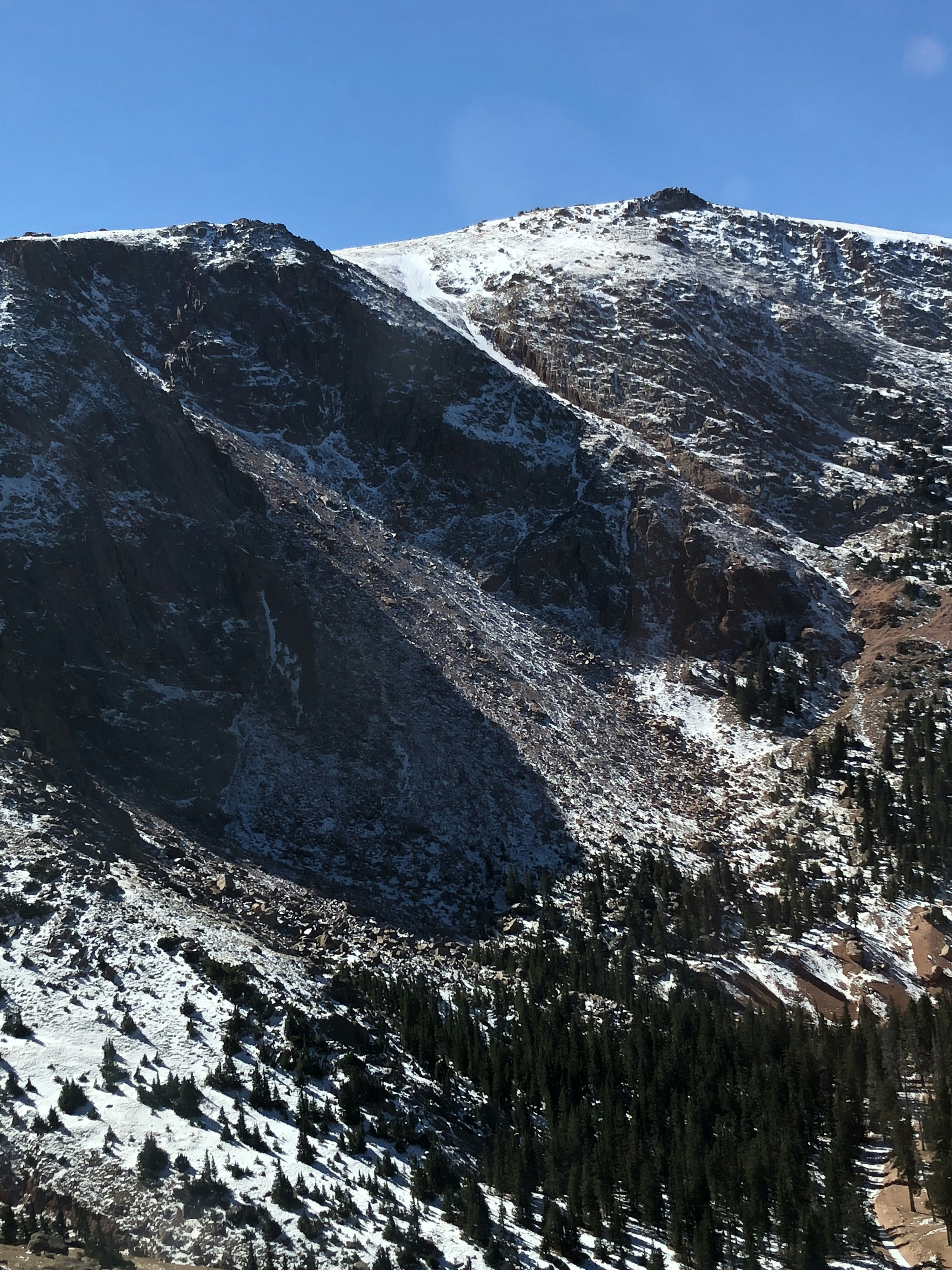
Pikes Peak, United States
Tofana di Rozes, Italy, 3,225m
Tofana di Rozes from the Dolomites provides a fantastic mountain hiking trip, reaching 1,200 m from the trailhead to the top, and connecting to an open rock climbing part — novice-friendly via Ferrata, offering all the rock climbing trip without the need for the skills and information about how to use rock climbing safety gear. The Ferrata Lipella is one of the longest, but not the hardest, via Ferrata in Italy, a system of iron ladders, rungs, and cables tied in by the climber in the event of a fall. The entire climb normally takes five hours, with four hours spent on via Ferrata.
Mount Hood, United States, 3,426m
The United States’ Pacific Northwest is a great training ground for the world’s big mountains, with large glaciated volcanic peaks requiring all the skills used at 8,000 m peaks, without the high altitudes. Mount Hood is one of the area’s least dedicated hills and a perfect first-ever snow climb for climbers new to crampons and ice axes. The South Side Path, the most popular summit path, is a half-day climb from the Timberline Lodge and is routinely driven every year from late April through June.
Breithorn, Switzerland, 4,164m
The western summit of the Breithorn may be the most climbed 4,000 m mountain peak in the Alps, thanks to the Klein Matterhorn cable car, which brings climbers down to 3,883 m, less than 300 m below the top. From that stage, though, climbers go up and down a glacier and snow that rises up to 35 degrees, needing the use of crampons and ice axes. It’s a quick climb but its high altitude and snow climbing render it a perfect entry for beginner mountaineers.

Breithorn, Switzerland
Kilimanjaro, Tanzania, 5895m
Kilimanjaro is the highest mountain peak in Africa, and one of the highest freestanding peaks in the world, a volcano nearly 6,000 meters high. And that’s the greatest obstacle when it comes to climbing — adjusting to the height thin air. Both Kilimanjaro routes need a local guide, but they are literally hiking on the roads. Many guide services carry clients over the span of five to six days from the start of the climb at about 1,800 m to the 5,895 m plateau, enabling climbers to acclimate to the extremely thin air. It provides inexperienced mountaineers with an opportunity to see how their bodies behave at high altitude without the physical or critical threats of other high mountains (avalanches, crevasse falls).
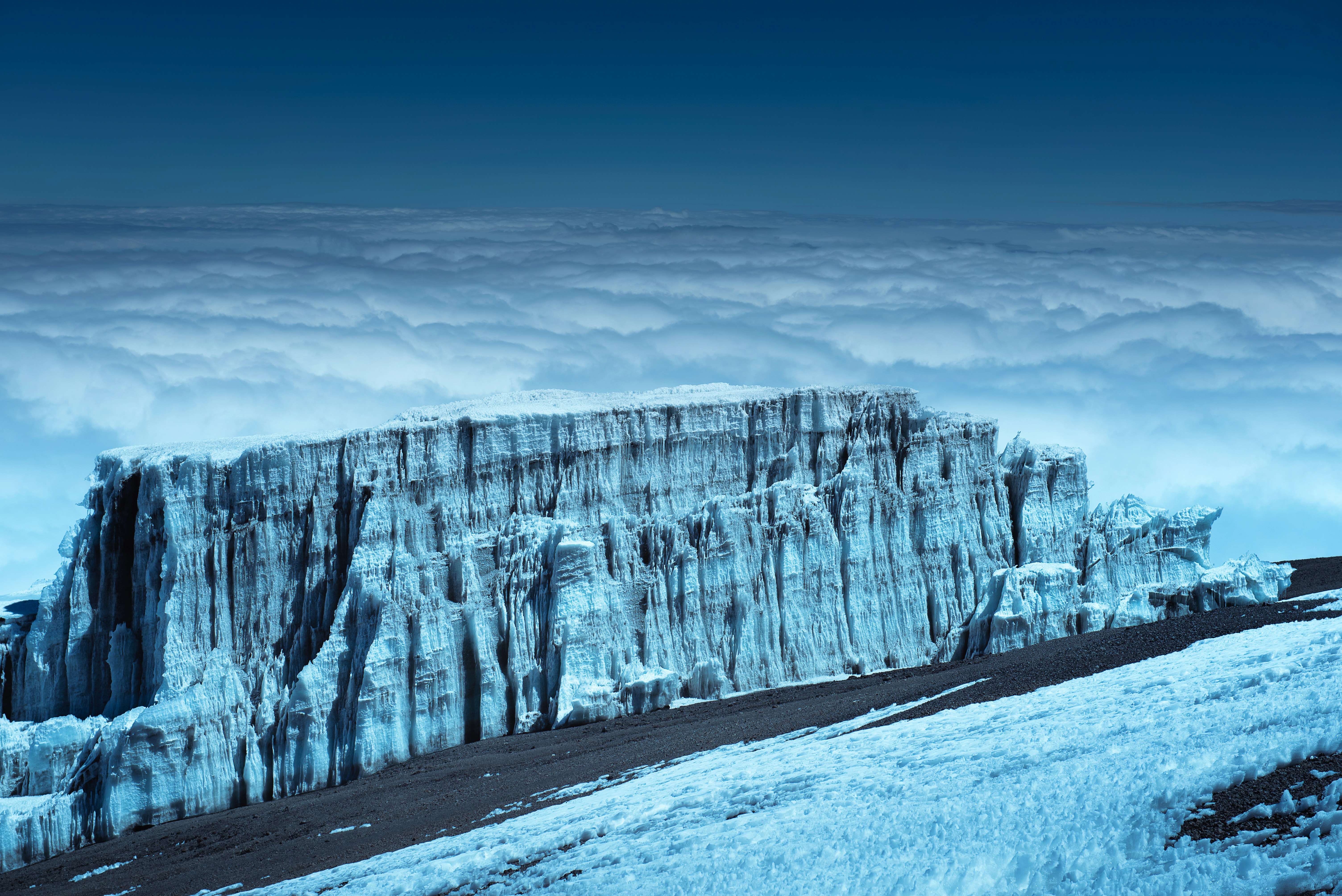
Kilimanjaro, Tanzania
Pico de Orizaba, Mexico, 5636m
A climb of the highest mountain peak in Mexico gives mountaineers an experience of snow-climbing on a glacier that is not heavily crevassed and moderate altitude. Most guide services include acclimatizing for several days at lower peaks and then pushing for Orizaba’s 5,636 m summit over a day or two. Summit day on the normal route begins on a trail at the Piedra Grande hut, then transitions to the Jamapa Glacier at about 5,000 m, and climbs to the summit in 40 degrees of snow and ice.
Island Peak, Nepal, 6,189m
Often named ‘the easiest 6,000m Mountain peak in the world,’ Island Peak is Nepal’s most common ‘trekking peak’ – peaks that climbers with any mountaineering experience identify as possible. And the climb is not a walk-up. Alpine start and use of crampons and ice axes are still necessary. Many groups attempt the 1000 m climb in a single day from base camp to top, although others prefer to take two days.
Plan your trip with Pickyourtrail
Maybe it’s the feeling of accomplishment or a side effect of oxygen scarcity, there’s something life-affirming about being on top of a high mountain peak, staring down from the world’s roof. But why do so many travellers stick to the most famous peaks in the world when there are scores of great peaks out there that are often more accessible, rewarding and far less well-trodden? Pickyourtrail not guides the travellers in the right direction but also provides tailor-made packages so suit each traveller’s need. Log on to www.Pickyourtrail.com for more information or leave a Whatsapp inquiry for more options.
Recommended articles for you
Discover Packages


Need help in planning?
Talk to our Travel Experts


